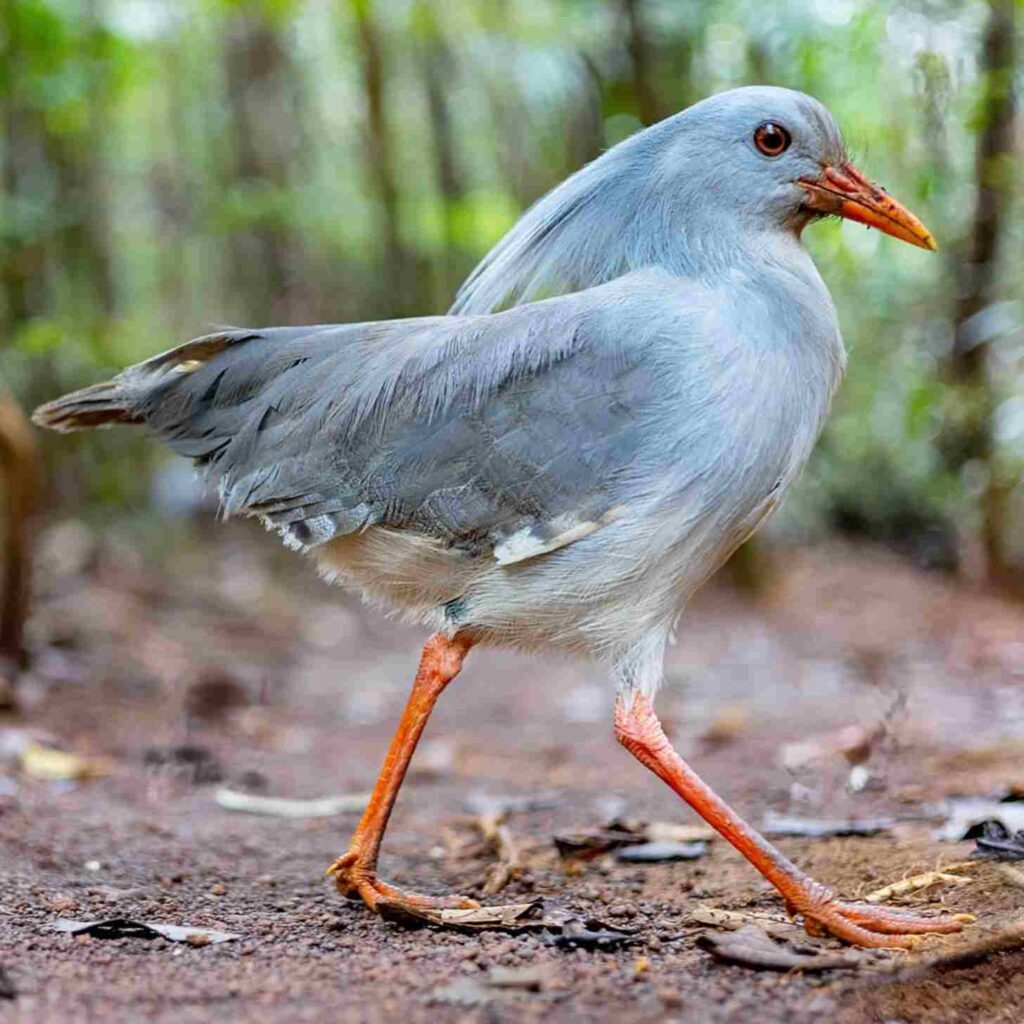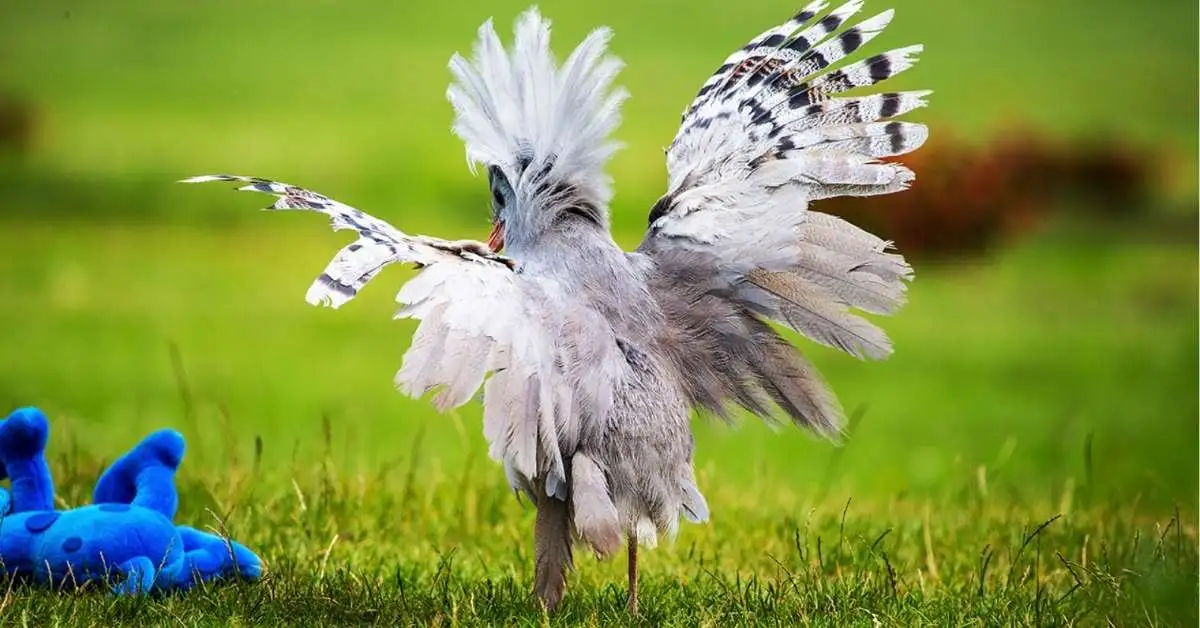Forget about celebrity families like the Kardashians; researchers Jörn Theuerkauf and Henri Bloc have dedicated nearly a decade to studying a different kind of fame—15 families of birds in a sanctuary on the island of New Caledonia, focusing on their conservation efforts.
The spotlight is on kagus, also known as cagous, vibrant blue-gray birds native to this South Pacific island nation.
Kagus are fascinating for several reasons. While they can fly, they are often classified as “nearly flightless,” spending most of their time on the ground. They can extend their wings and showcase their distinctive “mohawk” crest during mating displays.
These unique birds make a sound reminiscent of a small dog, resembling a Yorkie’s yappy bark rather than a Rottweiler’s bark, and they engage in morning duets that resemble what one zoologist referred to as “screaming challenges.”

Regarded as one of the world’s most remarkable birds, kagus have been cherished by the Indigenous Kanak tribes of New Caledonia for generations. However, after European colonization in 1853, under Emperor Napoleon III’s orders, the kagu’s status changed dramatically. The ensuing century saw the birds captured, domesticated, and forced to adapt to a new reality filled with invasive species introduced by colonizers, such as pigs, rats, dogs, and cats.
Today, kagus face significant threats from these predators. Rats and pigs continue to raid their nests, while stray cats and dogs pose direct risks to the birds.
In a chilling account, wildlife rehabilitation specialist Tim Mihocik detailed a devastating incident in 2017, when two stray dogs unleashed chaos at the Parc des Grandes Fougeres wildlife refuge, killing 30 kagus in a single day.
Theuerkauf and Bloc witnessed this tragedy firsthand. Following a similar incident in 2020, the park implemented a dog ban—leashed or not—and initiated measures to control the burgeoning stray dog population.
However, Theuerkauf and Bloc’s conservation efforts through the Nature Warden brigade have proven fruitful. With increasing national awareness of the kagu’s plight, the researchers have diligently monitored the birds’ behavior, installed trail cameras at nests, and tracked their recovery over the past decade.
The results have been encouraging.
“The population has likely tripled since 2017,” Theuerkauf shared with The Guardian. “We are approaching the park’s maximum capacity for these birds.”
Once that threshold is reached, the kagus will have a promising future. Jean-Marc Meriot, who manages Blue River Provincial Park (known locally as le Parc Provincial de la Rivière Bleue), located about two hours from Theuerkauf and Bloc’s sanctuary, has the capacity for potential future generations of kagus to flourish.
In 1984, the park recorded just 60 kagus. Meriot now estimates that number has soared to 1,000.
“We’re witnessing new pairs of kagus in previously untouched forest areas,” he told The Guardian.
“The kagu population is thriving, consistently expanding, and things couldn’t be better.”
